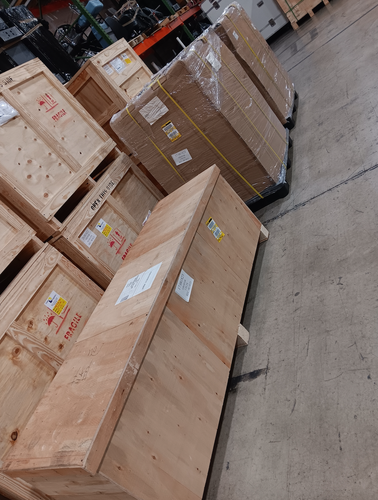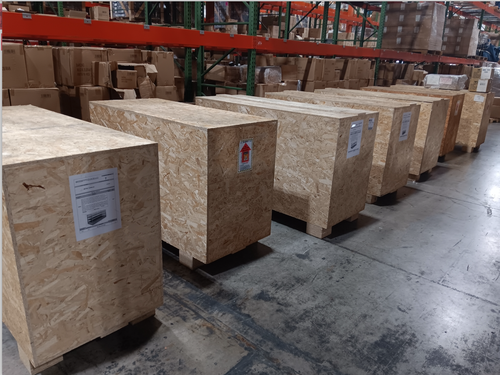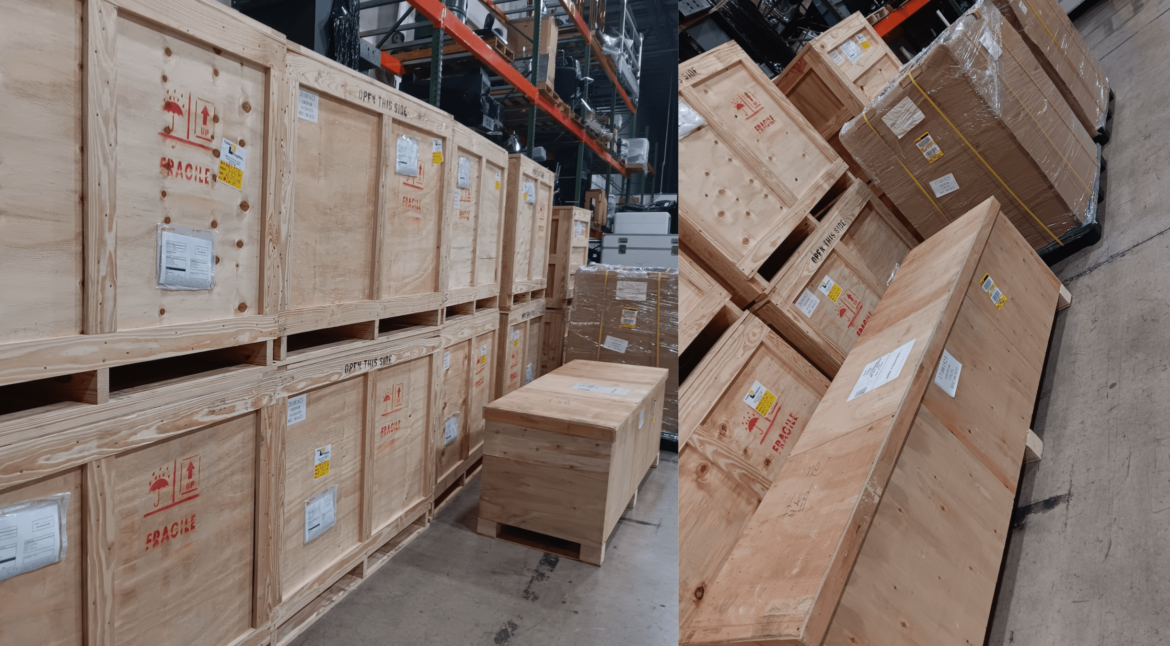When it comes to the world of logistics, one aspect that often gets overlooked is the importance of proper packaging and crating, especially when it comes to retail furniture and expensive items. At Ground Force Logistics, we understand the significance of safeguarding these valuable products. In this blog post, we will explore the art of crating retail furniture and expensive items, revealing the key steps and considerations that ensure a seamless and secure journey from manufacturer to retail floor.
The Power of Crating: Why It Matters
First and foremost, it’s essential to comprehend why crating matters in the world of retail. Crating goes beyond mere protection; it can make or break the success of your business. When retail furniture and expensive items are not properly crated, they are vulnerable to various risks, including:
Damage: Delicate finishes, glass components, and intricate designs can easily be damaged during transit without adequate protection.
Theft: High-value items are a target for theft, and sturdy crates deter potential thieves.
Weather and Environmental Factors: Exposure to the elements, such as rain, humidity, or extreme temperatures, can compromise the quality and integrity of your products.
Handling and Transportation: The rough nature of transportation and handling in the logistics chain can lead to accidental damage if not protected.
The Steps to Secure Crating
1. Assess the Item:
Before you even think about crating, assess the item that needs protection. Consider its size, weight, fragility, and any special requirements. Different items may demand unique solutions.
2. Customized Design:
Tailor the crate design to fit the item precisely. Use padding, cushioning, and bracing to secure the product inside the crate, ensuring a snug fit that prevents shifting during transit.
3. Label and Document:
Label the crate with essential information, including fragility, orientation, and destination. Maintain detailed records of the crating process for reference and quality control.
4. Handling Instructions:
Provide clear handling instructions to logistics partners, emphasizing the fragility and special care required during transportation and delivery.
5. Climate Control:
Consider the environmental factors that the item might encounter during transit. Implement climate control solutions like moisture-absorbing materials or temperature regulation if necessary.
6. Ongoing Monitoring:Track and monitor the condition of the crate throughout its journey to address any issues promptly.
The Benefits of Professional Crating
Enhanced Product Integrity: Proper crating safeguards your products, maintaining their value and aesthetic appeal.
Reduced Transportation Risks: Crates act as a barrier against rough handling, theft, and environmental factors, reducing transportation risks.
Cost Efficiency: While professional crating incurs an initial cost, it ultimately saves money by reducing damages and potential losses.
Customer Satisfaction: Ensuring that products arrive in pristine condition boosts customer satisfaction and trust in your brand.


To learn more about our tailored logistics solutions and how we can help you crate and transport your retail items with care, expertise, and reliability get in touch with our team of experts here.

